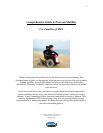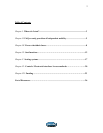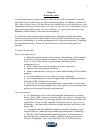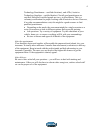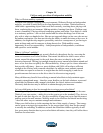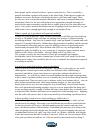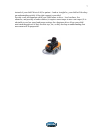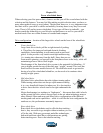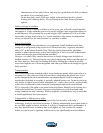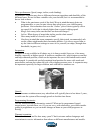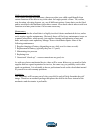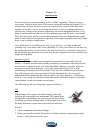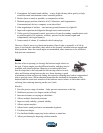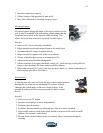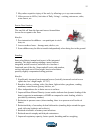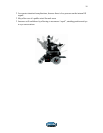
6
Some people opt for a hybrid solution, a power assisted device. This is essentially a
manual wheelchair equipped with motors in the wheel hubs. When the user pushes the
handrim, it activates the motors which help the chair to roll faster and longer. These
devices are easier to push than manual wheelchairs, and easier to transport than power
wheelchairs. However, the user still needs to have appropriate strength and range of
motion in the upper extremities, and the device weighs quite a bit even when taken into
pieces. Also, power assisted wheelchairs can not be equipped with seat functions, so your
child needs to have enough upper body strength to sit upright all day.
What is a good age to get started with powered mobility?
In short, as young as possible. Many children, particularly with SMA get started driving
as early as 18 months of age, and some are starting even younger. Consider normally
developing children – they crawl at 5 month of age, stand up around 8-9 months and walk
around at 12 months. Obviously, children have the perception of mobility and the concept
of directionality before they turn one year old. Mobility consists of developing motor
function and perceptual skills. Most children with SMA are very intelligent and are
cognitively ready for mobility at a very young age. Learning an upper extremity motor
function is all it takes to be mobile – moving a hand switch, a joystick, etc.
The younger you start, the more the power chair aids personality and cognitive
development, and it also becomes a natural part of your child’s self image. By the time
children get to school, they should be able to focus on academic development as opposed
to working on mobility.
Is it safe for a small child to drive a power wheelchair?
Is it ever safe for a small child to be left alone? The answer is obviously no; any small
child requires constant supervision and that is no different with a child driving a
motorized wheelchair. Supervision however is not to be confused with the lack of
independence – we will always watch over small children but allow and encourage them
to do as much as possible on their own, so eventually they can do all those things unaided
and unsupervised. There are many ways to enhance safety for a beginner driver – you can
place bumpers around the chair, make programming changes (i.e. turn speed and
torque/power down, etc), have an emergency stop switch handy. Keep in mind though
that we all learn through making mistakes; most of us never learned that fire hurts until
we put our fingers across a candle. Children fall many times before they eventually learn
to stand and walk. Mistakes and failure are a natural part of the learning curve – bumping
into the walls with a power chair is also an essential step to becoming a proficient driver.
Is there anything I need to know about teaching my child to drive?
In brief, learning to drive a power chair is no different from learning to walk, and you
should treat it accordingly. Encourage your child but do not provide too much direction.
Let her develop the will to move, the understanding that the controls make the chair
move, and the perception of directionality. Understand that some days just sitting in the
chair and getting used to the thought may be enough. Do not use language she may not
yet understand (such as left, right, stop, slow down, etc.) Rather, substitute with simpler
words and expressions that she is used to (Come here, follow me, take your hand off the
stick, push your hand towards me, etc.) Do not reach for the controls and try doing it



